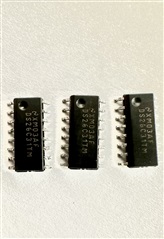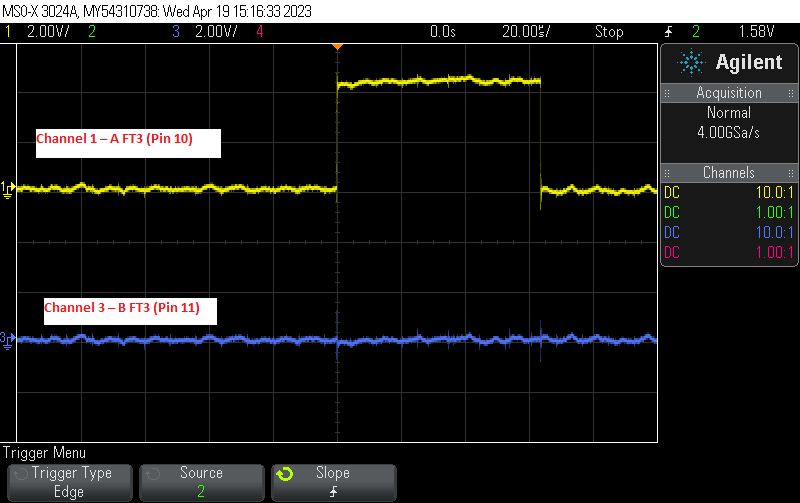Other Parts Discussed in Thread: STRIKE
Hello,
I use the DS26C31TM driver and the MAX3095ESE receiver. Both are powered by 5V.
I have a resistor network at the receiver input (1K + 100 + 1K), as recommended by the datasheet.
In between the driver and receiver signals I have TS5N412PW analog switches, to select TTL or RS-422 signaling.
I notice that several of the driver outputs are getting damaged when I select the RS-422 path. I do not know why.
Regards,
Victor





